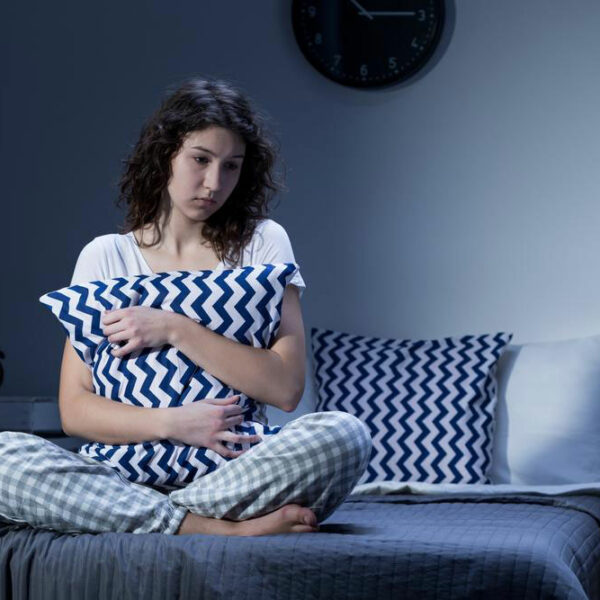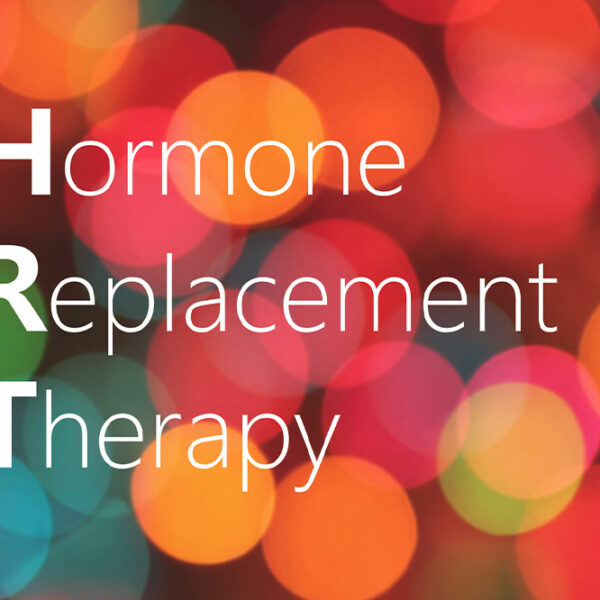
7 home remedies for vaginal itching caused by menopause
When a woman is going through a menopause, her body starts to transition on a very significant level. These alterations in the feminine hormones often cause the estrogen levels in the body to drop. This leads to vaginal dryness, and subsequently vaginal itching. Vaginal itching during menopause can often be extremely irritating. It can affect a woman physically as well as mentally. Although you can’t stop the vaginal itching from occurring, there are certain measures that you can take to alleviate your discomfort during such challenging phase. Over the counter products There are several products in the market for women who are tackling with feminine itching during menopause. These are available in the form of topical creams and ointments which can offer you relief from vaginal itching. In cases of internal itching and burning, you can use suppositories which are designed to be placed inside the vagina, so that they can ease vaginal dryness. Personal hygiene When you are going through the phase of menopause, the vagina increasingly becomes susceptible to itching as well as numerous infections. So, ensure that you practice good hygiene habits, so that you don’t have to deal with any additional inconveniences. Loose clothes Wearing tight undergarments and clothes will only increase the intensity of itching.

